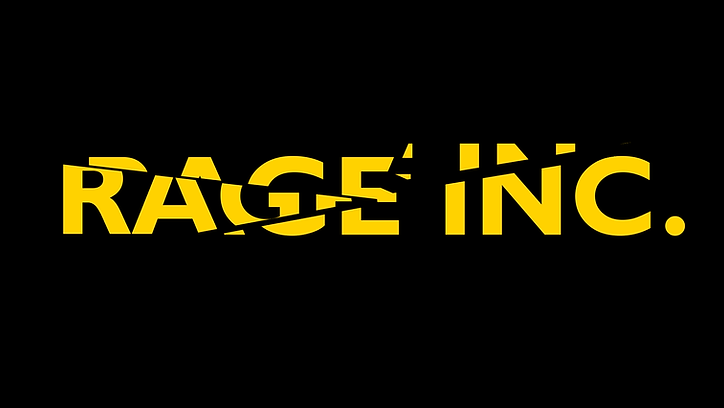Rage INC
Project Type
VR Physical Simulation game
Role
Technical and Rigid Body Simulation Artist
Location
Burbank, CA
Engine
Unreal Engine 5
Other Software Used
Maya and Substance Suite, Oculus Hub
A Bit About the game...
Rage INC is a VR game set in a highly interactive rage room where players can vent their frustrations by smashing, shattering, and destroying a variety of objects using different tools. The goal of the game is to offer a safe and satisfying outlet for stress, with a mix of chaotic fun and destruction-based gameplay, all within a virtual environment.

Project Post Mortem
Role Description
In this project, I served as the Technical Artist and RBD (Rigid Body Dynamics) Simulation Artist, focusing on both the visual fidelity and physics-based behavior of destructible objects. I worked closely with the design team to ensure that the objects not only looked realistic but also reacted believably when hit, shattered, or exploded. My primary responsibility involved setting up destruction systems for various in-game items, optimizing them for VR performance, and integrating them smoothly into the gameplay.
I used RBD simulations to pre-calculate the destruction of complex objects like glass bottles, ceramics, and electronic equipment. These simulations needed to feel dynamic but also run efficiently to prevent frame drops—critical for maintaining player immersion and avoiding VR motion sickness.
One of the most significant challenges I faced during this project was the fact that my personal computer at home did not support VR development. This severely limited my ability to test the game outside of school hours. Every piece of testing—whether it was object interactions, physics tweaks, or performance optimizations—had to be done on the school’s VR setup. This added extra logistical hurdles, requiring me to plan out sessions efficiently since the lab was shared with other students, meaning limited access to VR equipment.
It was a test of my adaptability, as I often had to work late hours or adjust my workflow based on school schedules. It also required heavy collaboration with teammates in real-time to validate whether my destruction simulations were running as expected in the VR environment. I had to rely on creative solutions—such as setting up partial physics tests at home and then porting them to VR builds during school sessions.
While it was difficult, these challenges honed my problem-solving skills and pushed me to become highly resourceful and efficient in testing and iteration cycles. In the end, the hard work paid off—Rage INC delivered an immersive, responsive, and satisfying experience that truly embodied the concept of a virtual rage room.